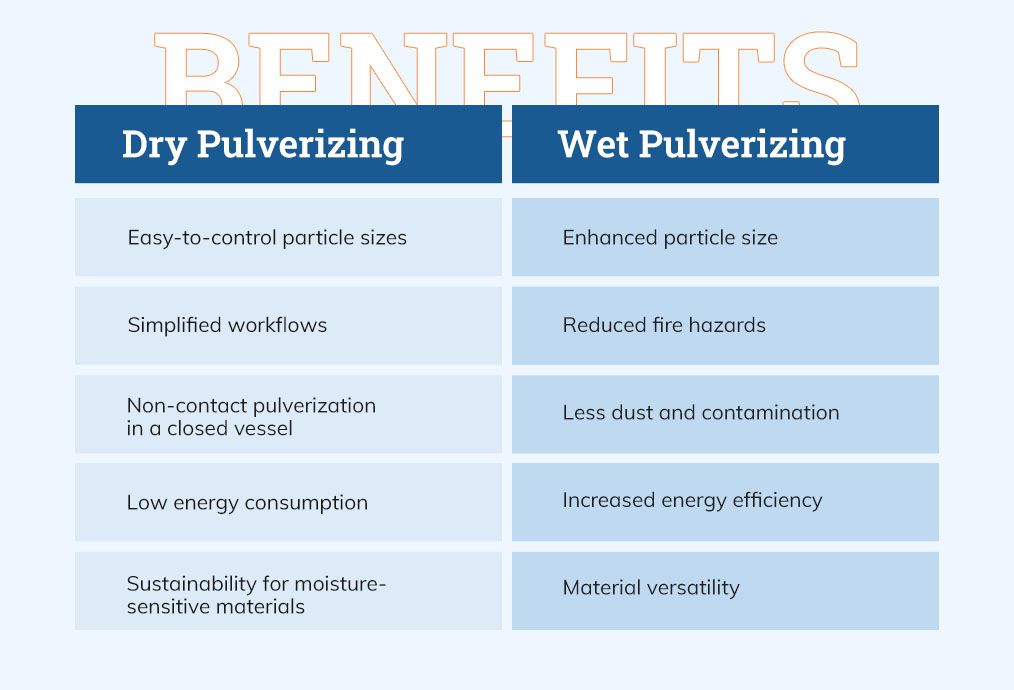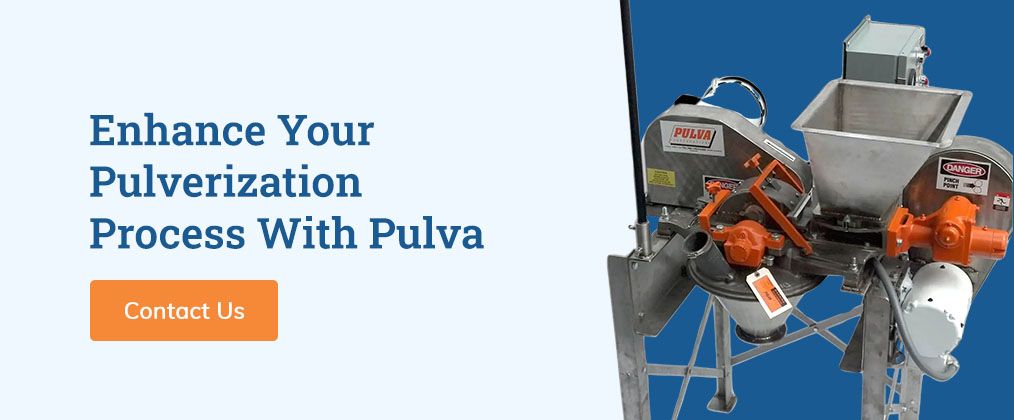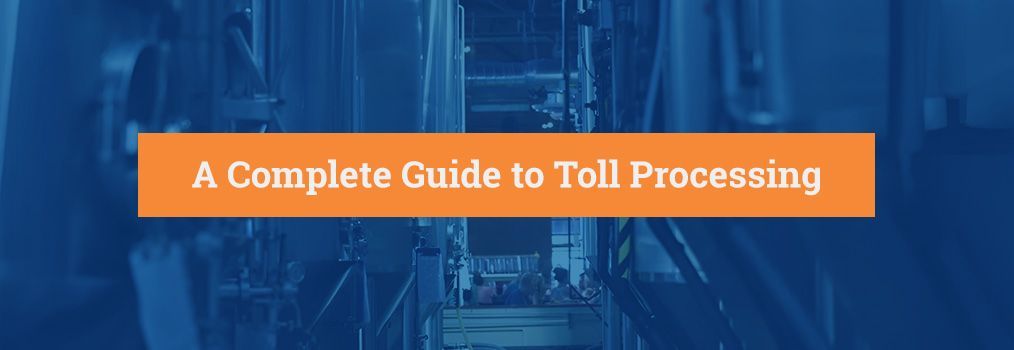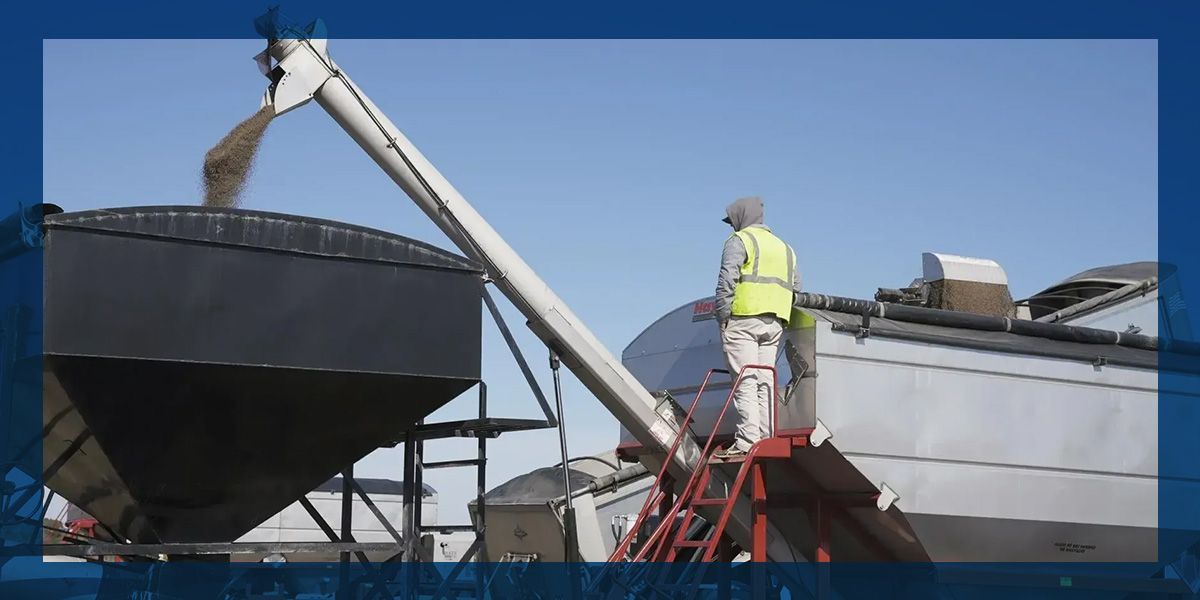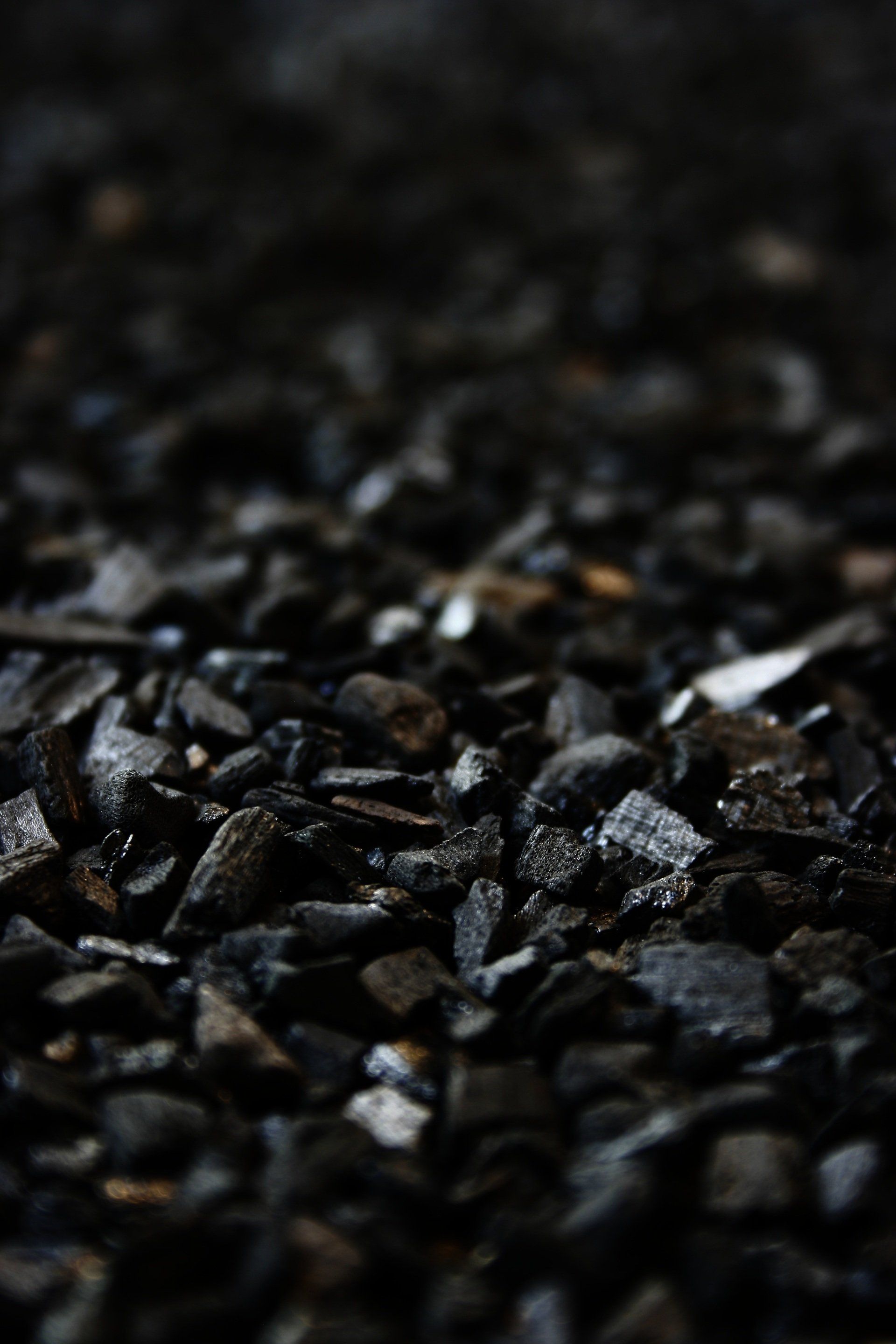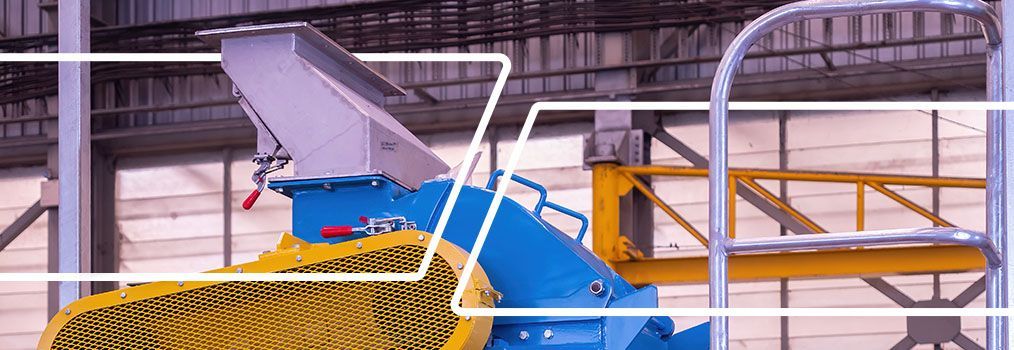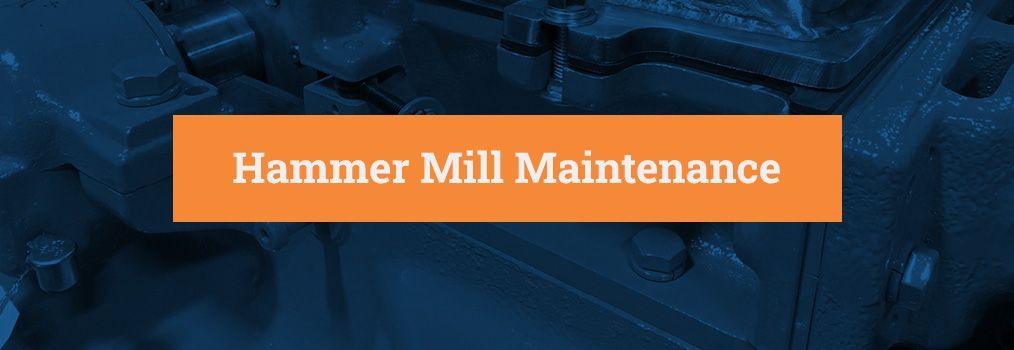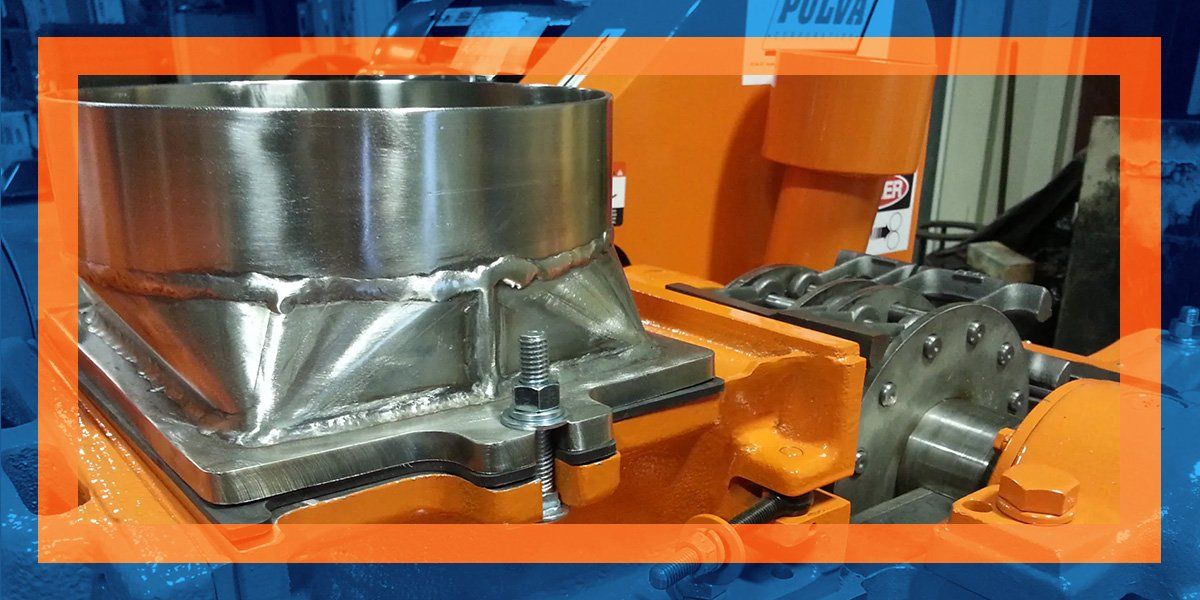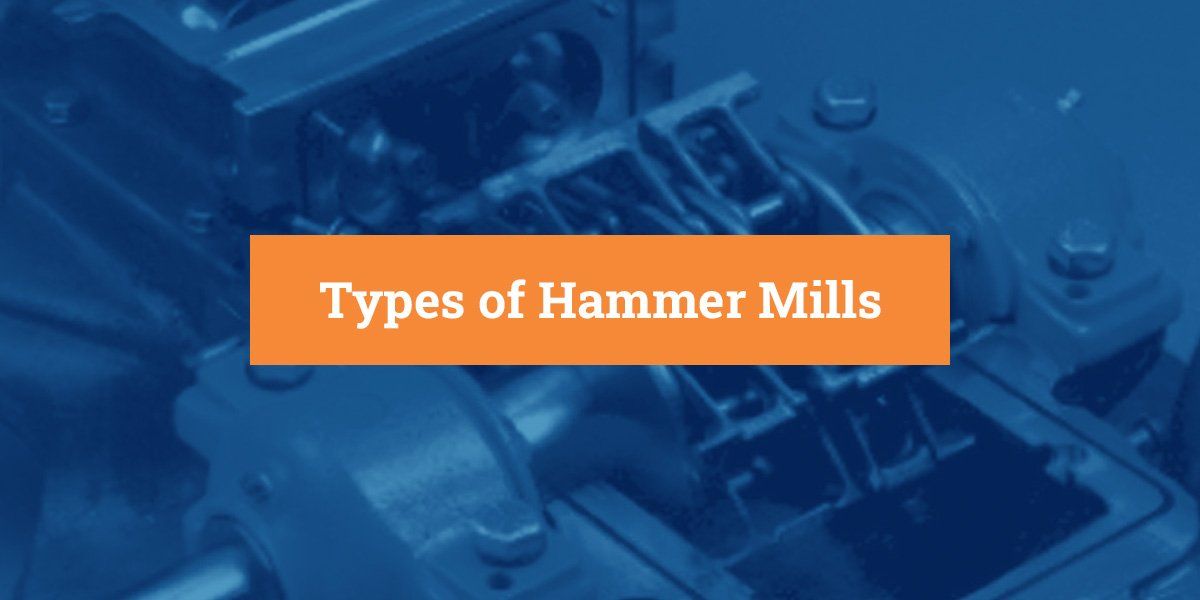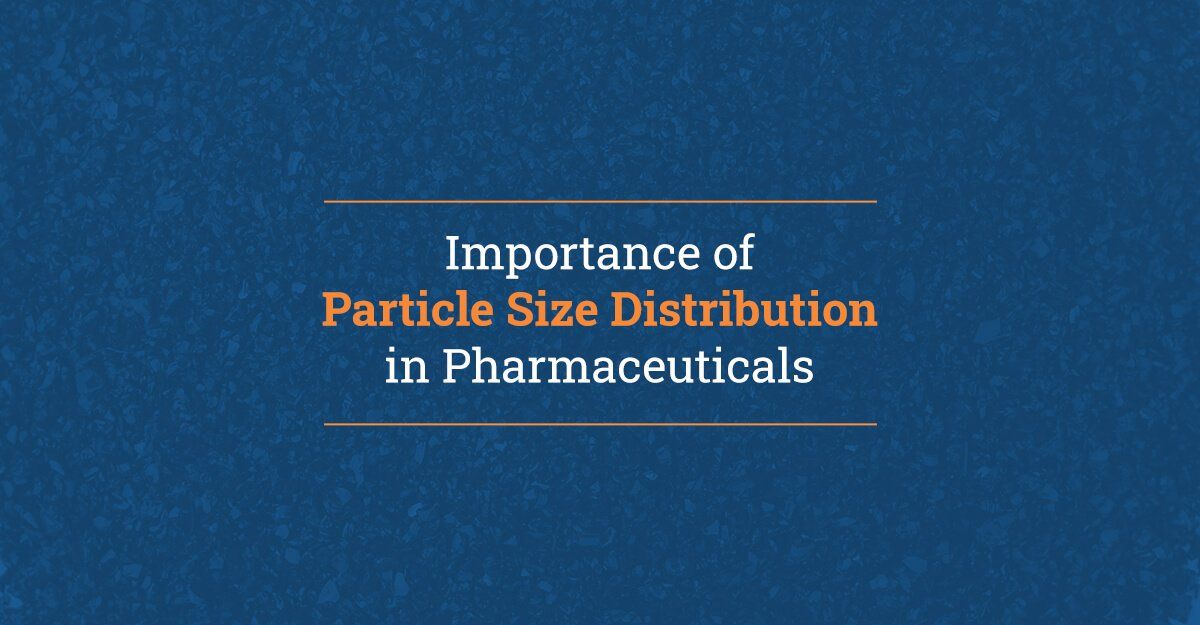Dry vs. Wet Pulverization — Key Differences and Industry Applications
Wet and dry pulverization create countless products people use daily, from cold medicine to breakfast cereal. Across various industries, pulverization is crucial for achieving the correctly sized particles to form new materials. Learn more about these distinct methods to determine which suits your business operations better.
Introduction to Pulverization Methods
Wet and dry pulverization methods have distinct differences, advantages and industry-specific applications. You must understand these techniques to make informed decisions.
What Is Pulverization?
Pulverization uses a hammer mill to turn materials into fine particles. There are two primary grinding or milling methods — wet and dry. Facilities can pulverize materials such as ceramics, paints, grains, herbs, ore and medicines. The pulverization process is crucial for many industries, including construction, pharmaceuticals, mining, chemical, food processing and plastics.
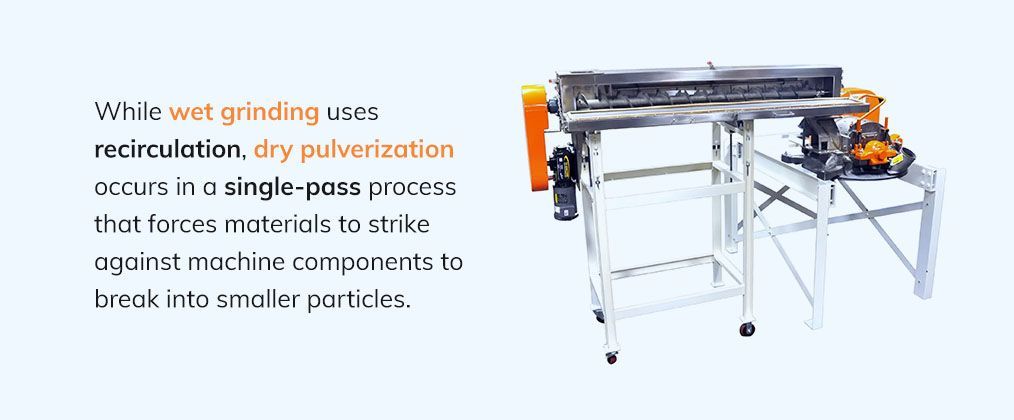
Overview of Dry vs. Wet Milling
The fundamental principles, processes and outcomes of dry and wet pulverization are critical when considering which method will benefit your operations. While wet grinding uses recirculation, dry pulverization occurs in a single-pass process that forces materials to strike against machine components to break into smaller particles. Wet pulverization can take hours to achieve the desired size.
Understanding Dry Pulverizing
Though there are multiple types of hammer mills, the general pulverization process involves feeding material into the machine, which uses high-speed hammer blows to disintegrate and shatter the material. While hammer mills are popular for dry pulverization, crushers and mixer grinders are also suitable for some applications, such as reducing dense materials or preparing spice powders.
This process allows businesses to see benefits such as simplified workflows, non-contact pulverization in a closed vessel, low energy consumption, sustainability for moisture-sensitive materials and easy-to-control particle sizes. Industries that can use dry pulverizing include power generation, cosmetics, food, recycling, pharmaceuticals and chemicals. Specific applications for dry pulverizing also exist in agriculture, construction and mining.
Though there are benefits to this method, there are also several disadvantages.
- Heat generation: The grinding equipment and particles create friction. The resulting heat can be unsuitable for some materials, potentially leading to chemical reactions, volatile component loss or material degradation.
- Aggregation: In some cases, the particles may stick together inside the machine, reducing product quality and leading to uneven particle size distribution.
- Equipment wear: Because the dry pulverization process is abrasive, some materials can cause premature equipment wear, potentially leading to increased costs for maintenance, tools and machinery.
- Material contamination: Some materials may attract impurities from the grinding equipment. Dry grinding also generates dust that contaminates products and the environment and can cause unhealthy working conditions.
Exploring Wet Pulverizing
Wet grinding processes rely on water and other liquids to break particles into smaller sizes in a chamber with a rotating abrasive wheel. The liquid lubricates and reduces heat.
Wet pulverization has many applications, such as herb grinding, grain milling, processing minerals and ores, food processing, liquid formulations, producing pastes, creating suspensions, dispersing pigments, extracting bioactive compounds, producing ceramic powders and dyeing or finishing textiles.
Some of this process' most significant benefits include the following.
- Enhanced particle size: Wet pulverizing can achieve smaller particles than dry pulverization methods. The final product is also often more uniform than dry pulverization products, which is essential for pharmaceuticals, cosmetics and other industries.
- Reduced fire hazards: The liquid within the grinding chamber is a lubricant and a coolant. This solution reduces thermal damage to materials and minimizes fire risks associated with high heat production in the dry pulverization process.
- Less dust and contamination: Unlike dry pulverizing, wet methods do not create dust. This benefit can reduce product contamination and create safer and more comfortable working environments.
- Increased energy efficiency: Wet grinding can be more energy-efficient in some cases because the liquid in the chamber reduces friction and improves the process. As a result, some businesses may realize higher cost savings.
- Material versatility: Some materials are difficult to process in dry form. For example, fibrous or sticky materials can be challenging to pulverize with dry methods. Wet pulverization can handle these materials, offering a broader range of applications across industries.
Wet vs. Dry Grinding for Various Industries
Ultimately, dry and wet pulverization benefit several industries, and determining which method is better for your operations will depend on several aspects.
- Application: A material's final application is often the most critical factor. For example, wet milling is the method to choose if you need tiny particles or more uniform products.
- Size: Wet milling can pulverize particles to the nanometer range, if necessary.
- Cost: You should consider long-term benefits and initial cost investments when evaluating cost. Wet pulverization is often more costly upon initial purchase but can provide more energy efficiency and experience less equipment wear over time, leading to increased future savings.
FAQs About Dry and Wet Milling
Dry and wet milling have advantages and disadvantages across various industries. To simplify your choice, we've compiled a list of common questions.
1. Is Wet Milling Better Than Dry Milling?
Though your desired outcomes will ultimately determine which method is better, wet milling can produce smaller and more uniform particles, which is often beneficial across industries.
2. What Are the Advantages of a Wet Grinder?
Advantages of wet grinding include enhanced particle size, reduced fire hazards, increased energy efficiency, material versatility and less dust and contaminant dispersal.
3. What Are the Disadvantages of Dry Milling?
The cons of dry milling include heat generation, aggregation, increased equipment wear and potential material contamination.
4. What Is the Difference Between Wet vs. Dry Pulverizing?
Wet and dry grinding differ in their processes, basic principles and outcomes. Wet grinding uses liquids and an abrasive wheel to achieve tiny particles, while dry grinding involves materials shattering under the blow of a high-speed hammer to reduce their size.
Enhance Your Pulverization Process With Pulva
Understanding the differences and applications of wet and dry pulverization methods can help you determine which process will benefit your operations more. When you need to optimize your pulverization processes for effectiveness and efficiency, choosing equipment from a reliable provider will make a lasting impact.
Pulva has an 80-year legacy in the industry, and we equip businesses with the highest-quality grinders and pulverizers tailored to meet industry needs. If you're ready to maximize your pulverization processes, contact us today to explore our comprehensive range of dry and wet pulverization equipment.

